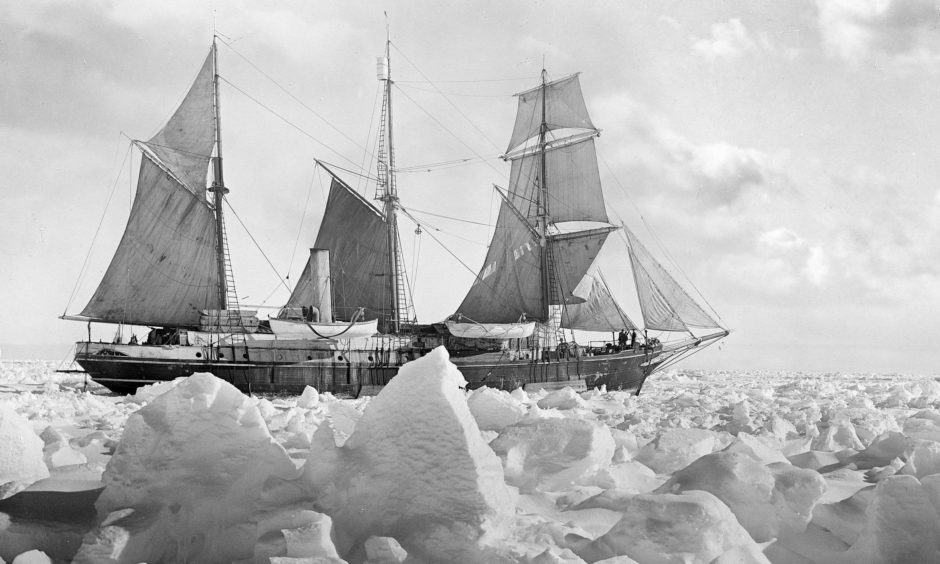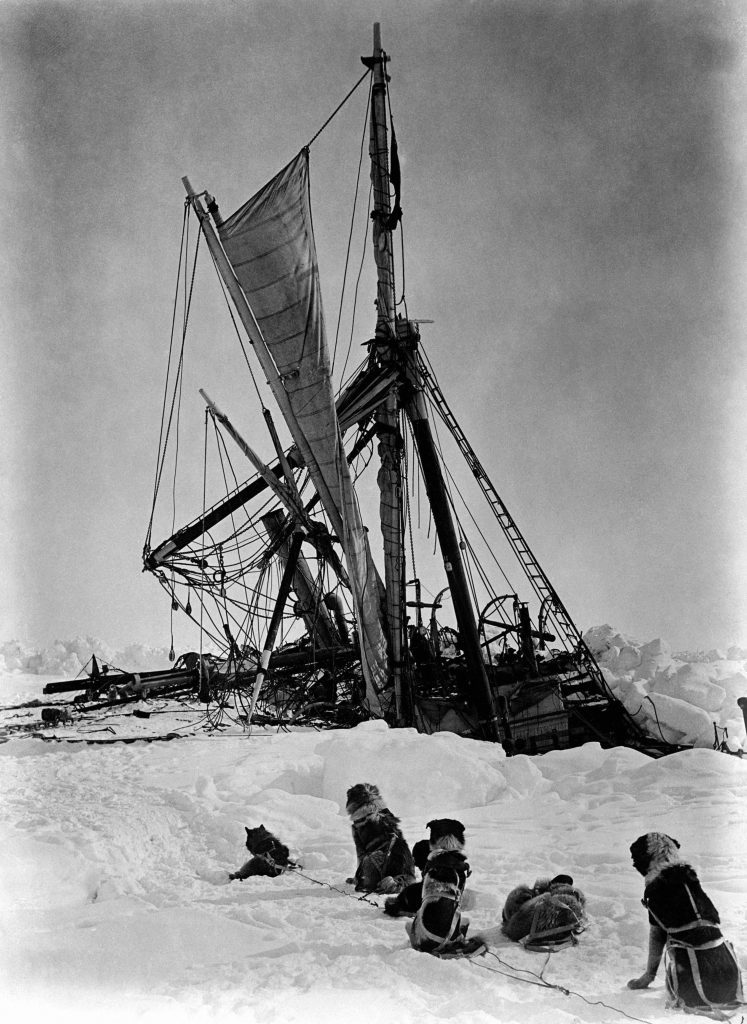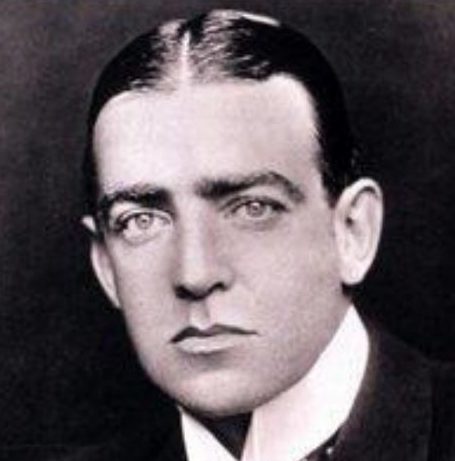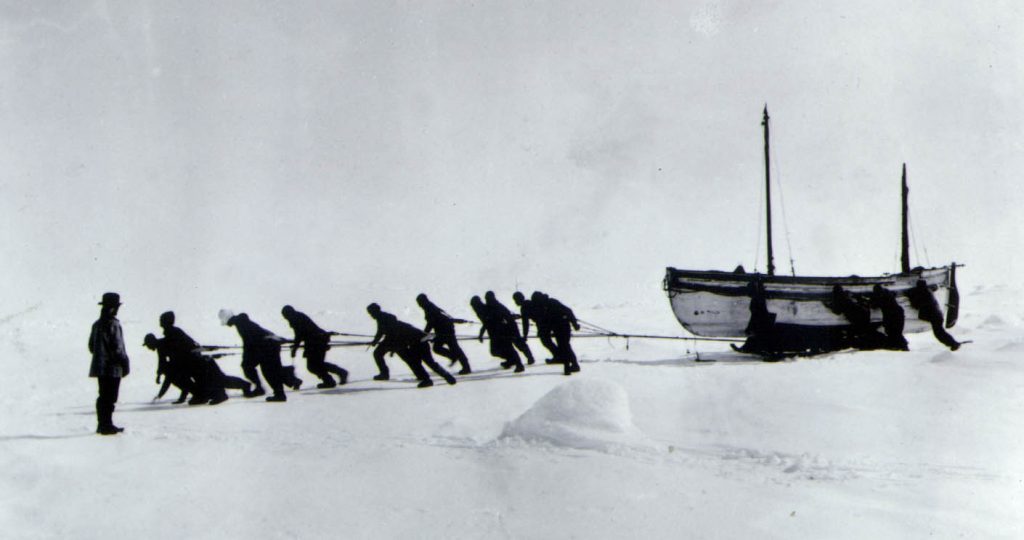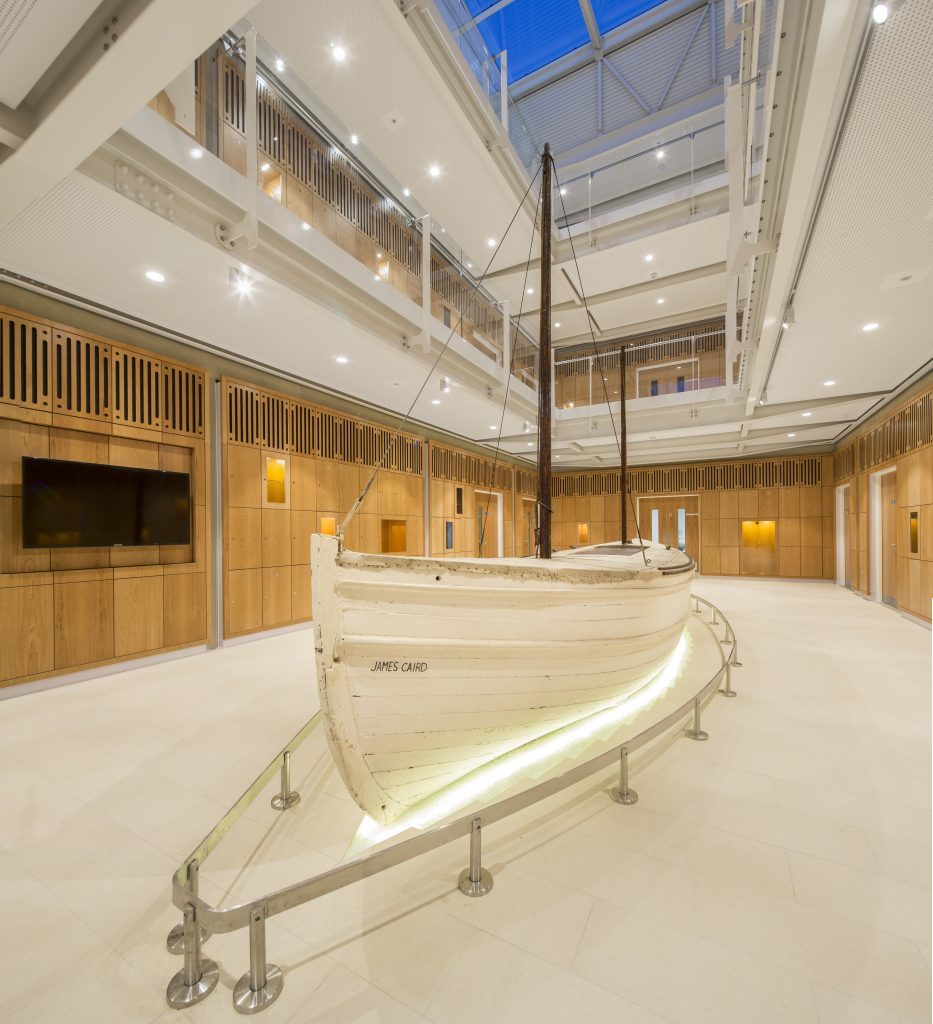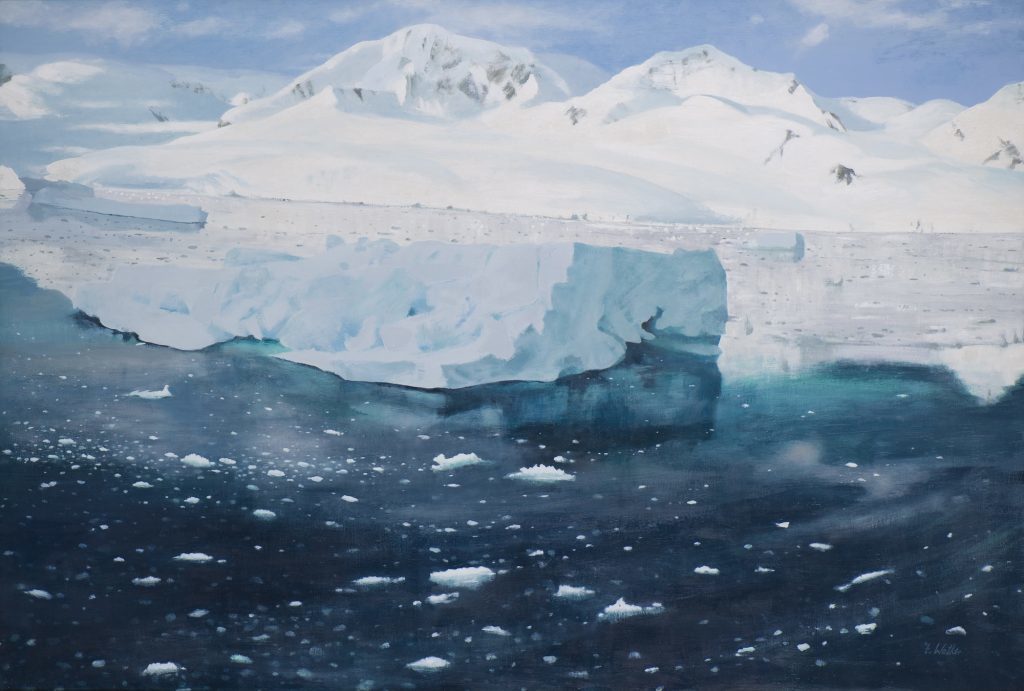More than 100 years after the abandonment and loss of Antarctic explorer Sir Ernest Shackleton’s ship the Endurance, a team of scientists are on the hunt for the stricken vessel at the bottom of the Weddell Sea. Michael Alexander reports.
It has sat at the bottom of the freezing ocean for more than a century.
But the wreck of Sir Ernest Shackleton’s doomed ship HMS Endurance might soon be discovered.
A New Year expedition to the Weddell Sea, off Antarctica, hopes to finally find the Endurance using robot submarines.
Researchers are planning to study one of the region’s huge ice shelves, but also plan to search the area where the Endurance broke up in November 1915.
The ship, which was trapped and crushed by ice before being abandoned and lost, could be in as much as 10,000 feet of water.
Julian Dowdeswell, director of the Scott Polar Research Institute in Cambridge and chief scientist on the Weddell expedition, said: “If we are that close to one of the most iconic vessels in polar exploration, we have got to go and look for it.”
Shackleton had Dundee to thank for building the RRS Discovery which helped to launch his career during the heroic age of Antarctic exploration.
But 10 years after he served as third officer with Captain Robert Falcon Scott during the Discovery’s successful British National Antarctic Expedition of 1901-04, and three years after Scott perished returning from defeat to Amundsen at the South Pole in 1912, Sir Ernest Shackleton found himself at the centre of one of the most incredible adventure stories of all time.
The intention of Ernest Shackleton’s Imperial Trans-Antarctica expedition of 1914 – 1917 was to cross the Antarctic continent from one coast to the other via the South Pole.
Whilst the expedition ultimately failed, this classic tale of leadership and heroism is remembered as a feat of navigation, endurance and incredible bravery after Sir Ernest rescued all 27 of his crew from the jaws of death and brought them home in the face of unspeakable odds.
The expedition managed to survive the loss of their ship in the middle of the Antarctic pack ice at a time when there was no chance of contacting the outside world, let alone of being rescued.
The expedition’s aims were certainly ambitious, with perhaps some British pride at stake following Scott’s demise a few years earlier.
But the Endurance became trapped in pack ice close to the Antarctic continent, resulting in its sinking.
On October 27, 1915, Shackleton gave the order to abandon the Norwegian-built ship and crew took the treacherous journey across the pack ice toward land, hauling their lifeboats by hand where possible, and taking to them when the ice thinned.
The crew eventually landed on the desolate Elephant Island, hundreds of miles from mainland civilisation.
Shackleton decided to take a small crew on the James Caird – a lifeboat and 23-foot whaler named after one of Dundee’s wealthiest jute barons – and head 800 miles over 17 days to South Georgia to summon a rescue party for the remaining expedition members.
It was a decision that saved their lives – and also pout Sir James Caird literally on the map.
As a jute manufacturer, entrepreneur and philanthropist, Dundonian Sir James Key Caird was one of the wealthiest men in Britain during the 19th century – and he was the major sponsor for Sir Ernest Shackleton’s ill-fated expedition.
Despite failing to complete their expeditions aim, the crew are now hailed as heroes who never wavered in the face of their four-month ordeal.
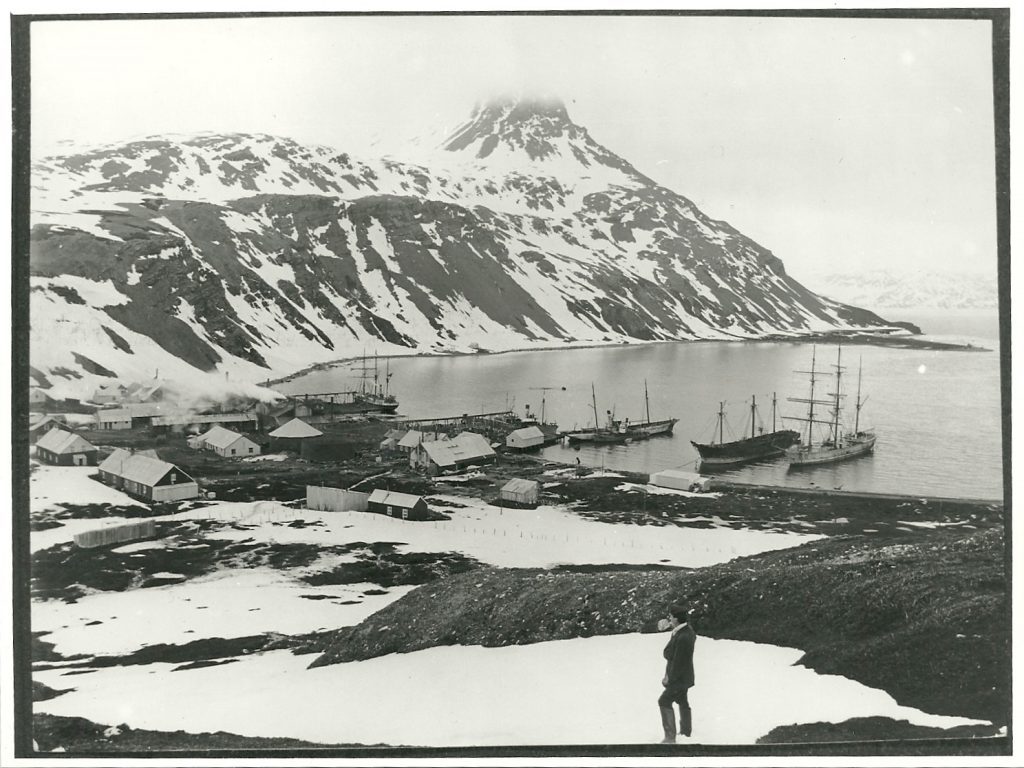
Dundee-raised explorer David Henry, a fellow of the Royal Geographical Society, who recently took part in an Antarctic expedition to the South Pole to commemorate Shackleton’s Endurance expedition, recently told The Courier:“ It wasn’t just a boat that was named after the great philanthropist – the Caird Coast of Antarctica , which abuts the Weddell Sea close to where Endurance was trapped and sank in 1915, literally put Sir James’ name on the map too , in grateful thanks for his support of the Endurance expedition.
“The voyage of the James Caird is one of the greatest feats of navigation ever recorded. Had he lived to hear the news, Sir James, I’m sure would have been proud to know what the crew of a boat bearing his name had accomplished.
“Unfortunately, he died just two months before Shackleton and his men landed on South Georgia after a 17 day, 800 mile voyage across some of the roughest seas on the planet.”
Today, the James Caird is displayed at Dulwich College, London – the independent school where Shackleton was once a pupil.
Dr Joe Spence, Master of Dulwich College, told The Courier recently: “Ernest Shackleton, a pupil at Dulwich College from 1887 to 1890, has a remarkably strong presence and influence today.
His lifeboat the James Caird is proudly housed in our new science building for boys to enjoy and be inspired by every day.
“Shackleton’s qualities of courageous leadership and purposeful adventure are qualities we hope young Alleynians aspire to today.”
However, despite the advantages of modern technology, it will still be no mean feat when, on New Year’s Day, a team of scientists board the SA Agulhas II, a 13,500-tonne icebreaker, to prepare for their journey to the Weddell Sea.
They are hoping to reach the Larsen C ice shelf to study how it breaks up into icebergs and the effect of this on glaciers feeding it and on sea levels.
As they return from the 45-day expedition, the team will decide if they are abler to hunt for the Endurance.
But there’s still the possibility that the Antarctic will retain its secrets.
Expedition leader John Shears said: “If it was easy to do someone would have done it a long time ago.”
